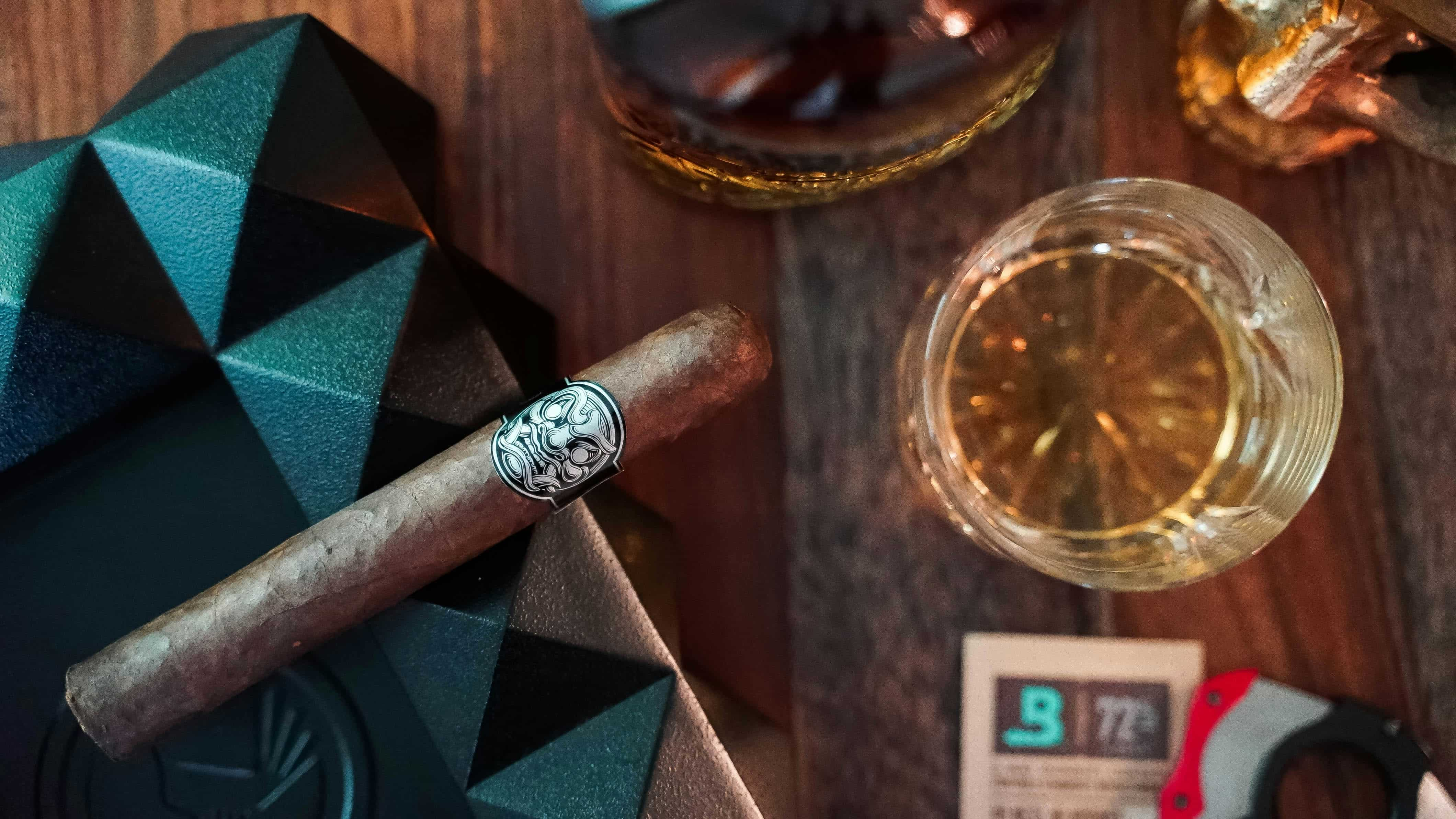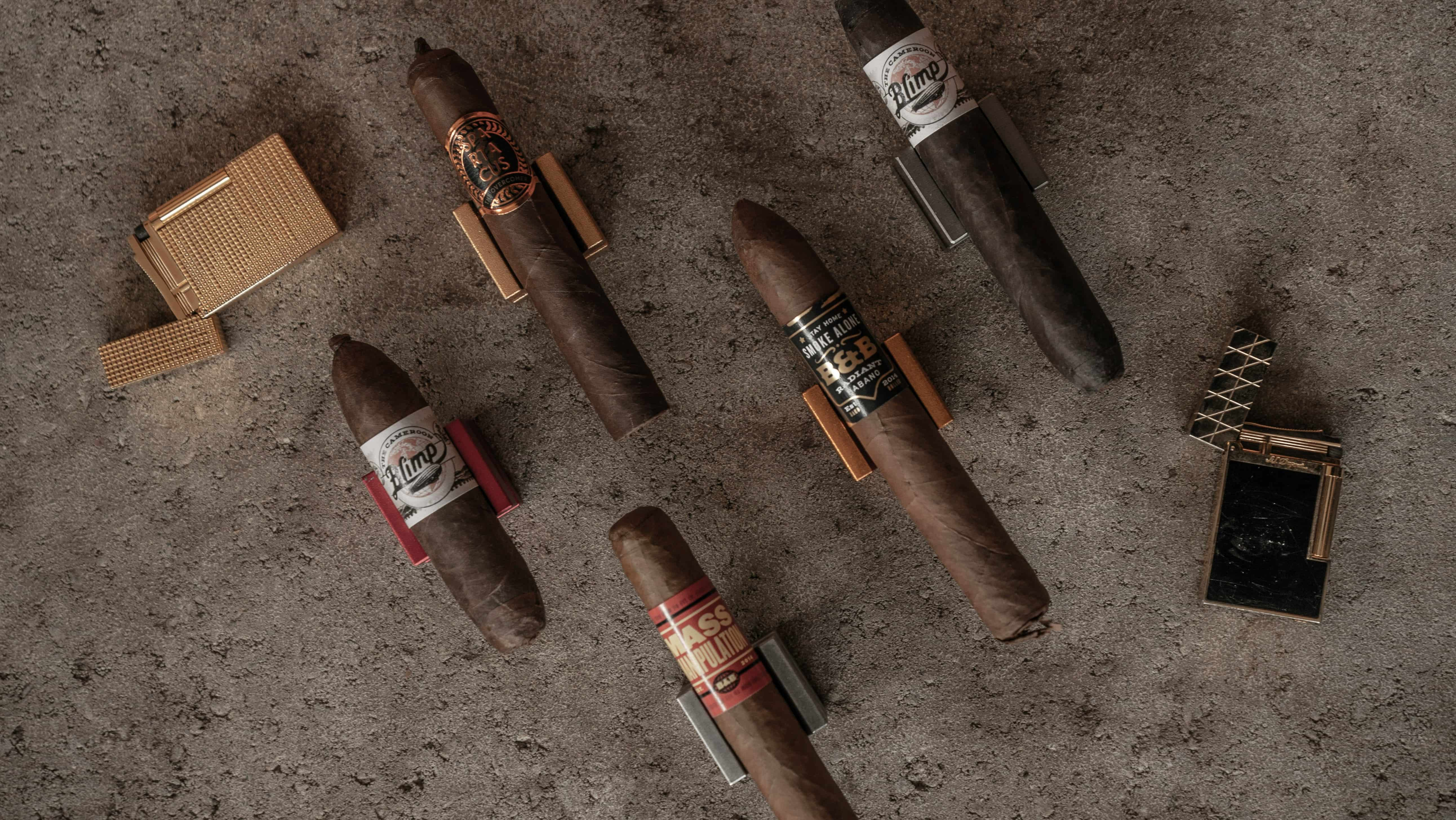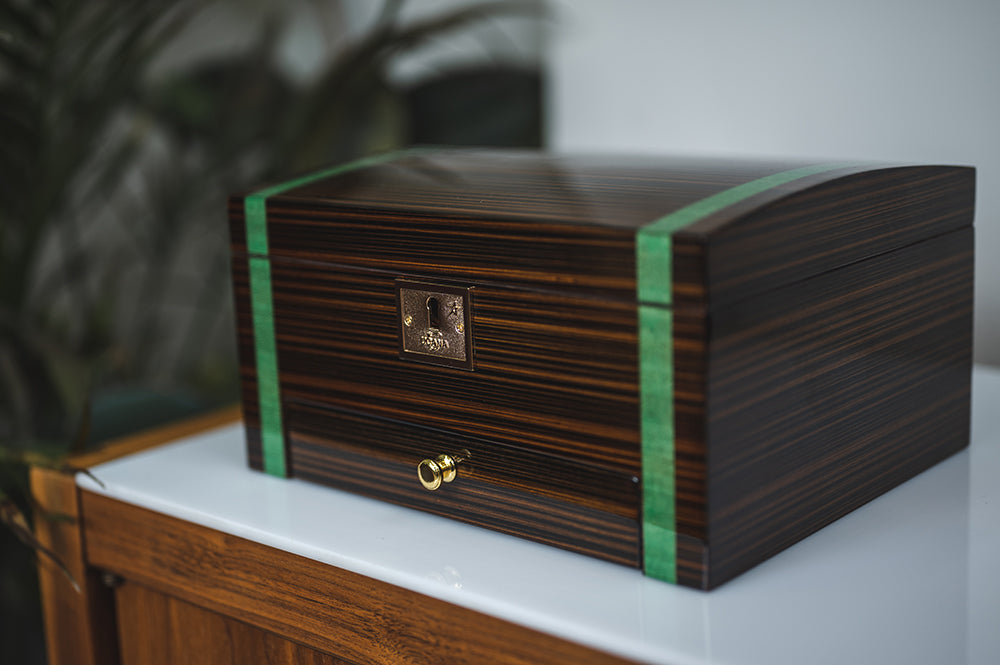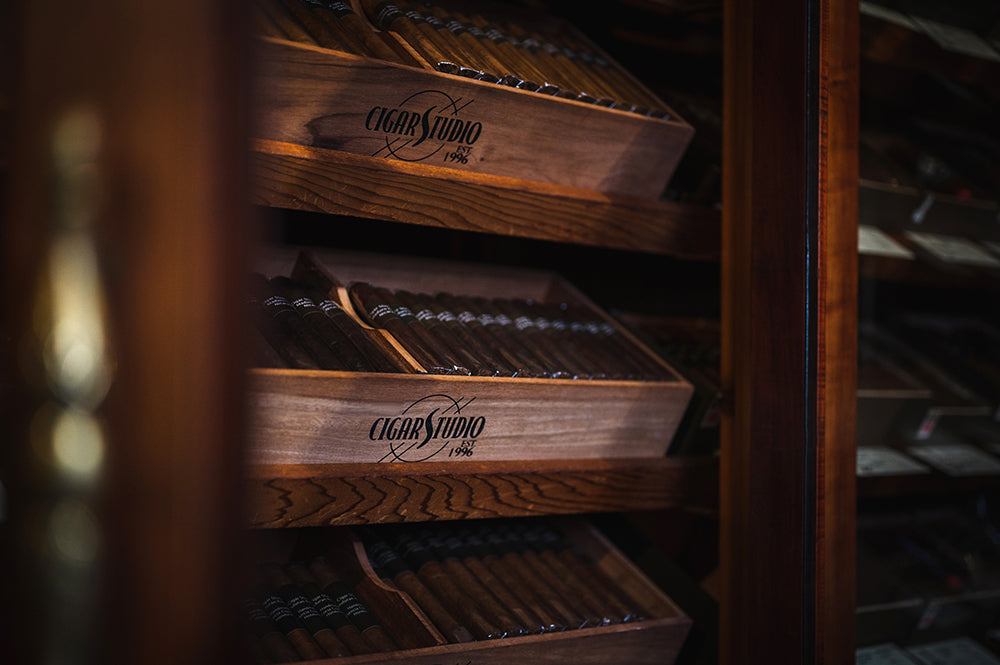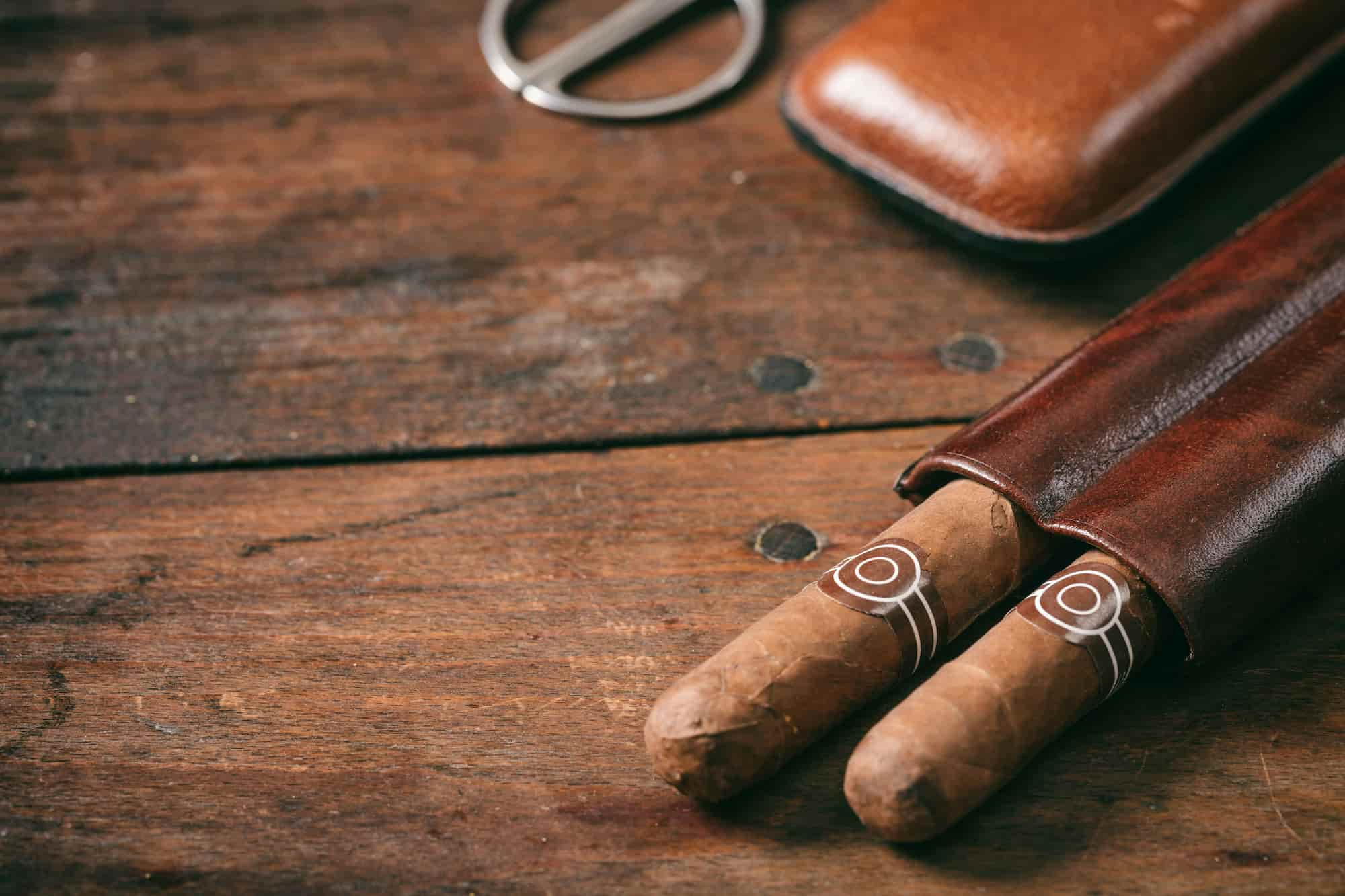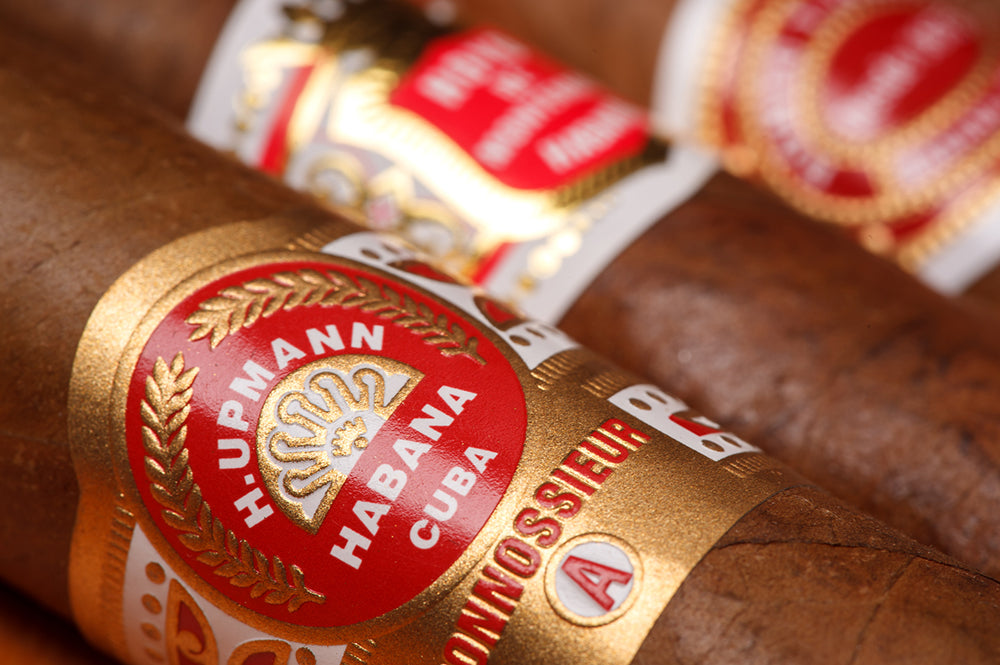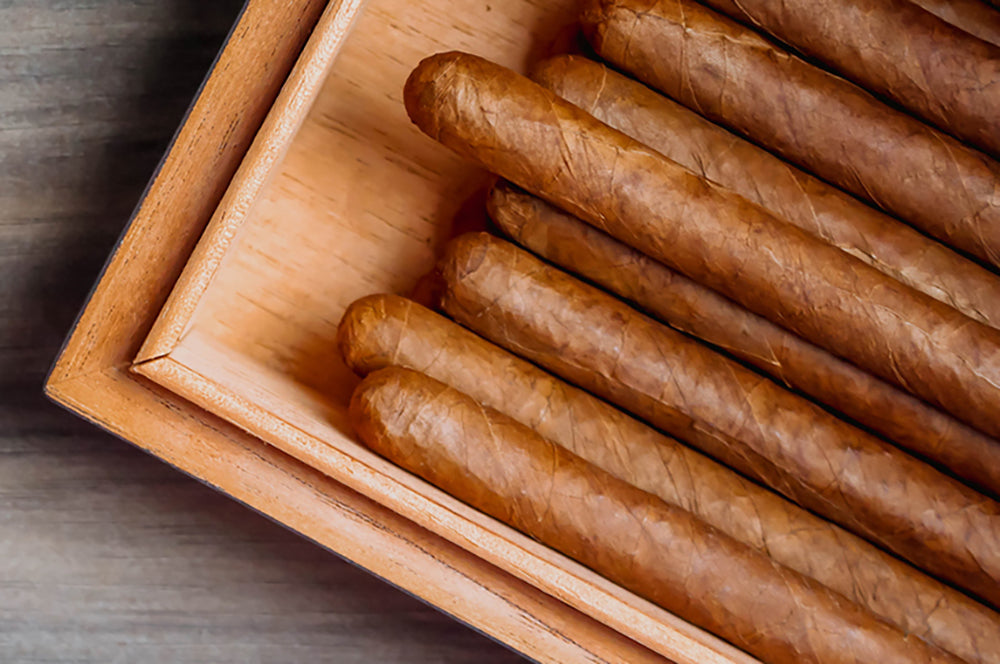
The Different Ways to Cut a Cigar
Preparing a cigar properly is essential to enjoying its full flavor and smooth draw. The way you cut a cigar can significantly impact your smoking experience, affecting how the smoke flows through the cigar and the intensity of the flavors. This guide will explore the different methods of cutting a cigar, including using a V-cut, a punch cutter, and other techniques, ensuring you get the most from your smoking session.
The most popular way to cut a cigar is the straight cut. Also known as S-Cut
The S-Cut is a distinctive style of cigar cutter that offers aficionados a precise and clean cut, enhancing the smoking experience by ensuring an even airflow through the cigar. This type of cutter is characterized by its sharp, straight blade that slices off the cap of the cigar with a straightforward, scissor-like motion. Ideal for those who prefer a smaller, more controlled opening at the head of the cigar, the S-Cut is especially favored for its ability to neatly trim cigars without crushing or damaging the delicate wrapper. Its compact design and ease of use make it a popular choice among both novice and experienced cigar enthusiasts, who appreciate the S-Cut for its efficiency and the smooth, enjoyable draw it facilitates.
V-Cut: Benefits and Technique
The V-cut is a popular choice among aficionados for its ability to provide a deep, clean cut without compromising the cigar's structure. This method cuts a V-shaped notch into the cap of the cigar, offering a larger surface area than a straight cut and concentrating the smoke for a richer flavor. V-cutters are especially useful for thicker, larger gauge cigars as they allow for more smoke to pass through without loosening the filler tobacco. The V-cut can enhance the smoking experience by providing a draw that is not too tight, yet sufficiently concentrated to deliver robust flavors.
Punch Cut: Convenience and Consistency
A punch cutter is a small, usually circular blade that is pressed into the cap of the cigar to remove a small portion, creating a hole from which to draw smoke. Punch cuts are favored for their simplicity and for preserving the cap's integrity, reducing the likelihood of the wrapper unraveling. They provide a consistent, moderate draw and are particularly suitable for smokers who prefer not to alter the original shape of the cigar head. However, punch cuts may not be ideal for very small or very large cigars, as the fixed size of the hole might not accommodate all cigar formats effectively.
Alternative Methods: Cutting Without a Cutter
In situations where you might not have a cutter on hand, there are alternative ways to cut a cigar. One common method is using a sharp knife or even a fingernail to make a careful incision around the cap, though this requires precision to avoid damaging the cigar. Another method is the "pinhole" technique, where a small hole is made using a toothpick or a matchstick; this method is best for those who prefer a very tight draw.
Choosing the right cut for your cigar can enhance your smoking experience by optimizing the draw and flavor intensity. Whether you prefer the deep, flavor-enhancing V-cut, the consistent and easy-to-use punch cut, or need to resort to an alternative method without a cutter, knowing how to prepare your cigar properly is a key skill in cigar smoking. Experiment with different cuts to discover which method best suits your smoking style and the type of cigar you’re enjoying.
What are the different types of cigar cutters?
There are several types of cigar cutters, each designed to make a specific type of cut on a cigar. Here are the most common types:
- Guillotine Cutter: The most popular type, available in single or double-blade designs. The double-blade guillotine is preferred because it provides a cleaner and more even cut.
- V-Cut Cutter: Creates a V-shaped notch in the cap of the cigar, which can enhance the concentration of smoke and flavor.
- Punch Cutter: Rather than cutting off the cap, a punch cutter removes a small circular piece, creating a hole through which to draw smoke.
- Scissor Cutter: These are specialized scissors designed specifically for cigars, offering precision and the ability to make larger cuts on bigger cigars.
- Cigar Knife: A less common type, which includes a blade sharp enough to slice the cap of a cigar, much like a pocket knife but specifically designed for cigars.
How many cigar cuts are there?
There are three primary cuts used for cigars:
- Straight Cut: Made with a guillotine, scissor, or knife, this is the most common type of cut, which completely removes the cap.
- V-Cut: This method cuts a V-shaped notch into the cigar cap, providing a unique draw.
- Punch Cut: This involves creating a round hole on the head of the cigar.
Each type of cut affects the smoking experience differently, catering to personal preferences in draw and intensity.
Does it matter how you cut a cigar?
Yes, it does matter how you cut a cigar as the type of cut can significantly affect the smoking experience. A proper cut will ensure that the cigar draws smoothly and maintains its structural integrity. A bad cut, however, can cause the cigar to unravel or lead to an unpleasant draw, either too loose or too tight, which can affect the burning and flavor. Choosing the right cut based on the size and shape of the cigar, as well as personal preference, is crucial for enjoying the cigar fully.
What are the benefits of V-cut cigars?
The V-cut offers several benefits that enhance the cigar smoking experience:
- Concentrated Flavor: The V-cut allows for a concentrated draw, pulling the smoke tightly through the V-shaped notch, which can intensify the flavors.
- Prevents Unraveling: Since the cut is deeper into the body of the cap without cutting it entirely off, it helps prevent the wrapper from unraveling.
- Reduces Tar Buildup: The shape of the V-cut can help minimize the accumulation of tar at the head of the cigar, providing a cleaner smoking experience.
- Ideal for Thicker Cigars: The V-cut is particularly beneficial for thicker cigars, as it offers a deeper and wider surface area to draw from without the need to fully open the end of the cigar.
Understanding these aspects can help cigar enthusiasts make more informed decisions about how to cut their cigars to best suit their smoking preferences.

